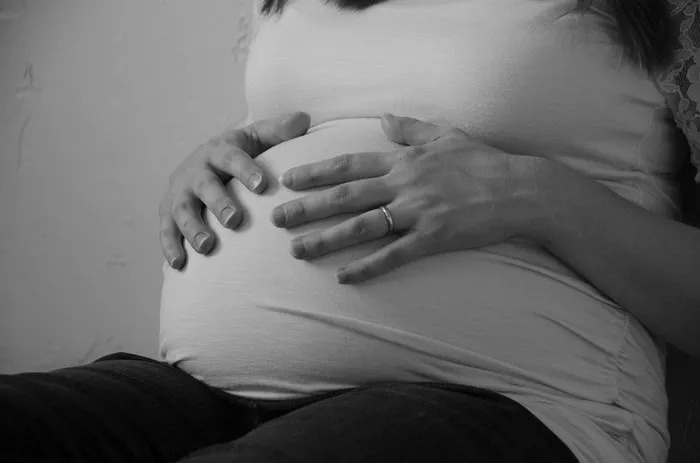The Relationship between Sciatica and Endometriosis
Sciatica is usually caused by compression or damage to the sciatic nerve, while endometriosis is the presence of endometrial tissue outside the uterus, such as in the ovaries, fallopian tubes, or peritoneum. These two conditions may seem unrelated, but in reality, there may be a certain correlation.
How Sciatica and Endometriosis Affect Women’s Fertility
Sciatica
Sciatica itself does not directly lead to infertility, but if left untreated for a long time, it may affect overall health and indirectly impact fertility. For example, chronic pain may lead to physical fatigue, affecting quality of life, and even trigger psychological problems such as anxiety, depression, which could negatively affect fertility.
Endometriosis
Endometriosis may directly affect women’s fertility. Endometrial tissue outside the uterus may bleed during menstruation, leading to inflammation, pain, and potentially damaging nearby organ structures. Additionally, ectopic endometrial tissue may affect ovarian function, causing ovulation disorders and thereby impacting fertility. Statistics show that about 40%-50% of women with endometriosis may encounter infertility issues.
Prevention and Treatment
For sciatica, timely medical treatment and appropriate physical therapy are crucial. If the pain persists or worsens, seeking medical help promptly is necessary.
For endometriosis, early diagnosis and treatment are essential. Once symptoms of endometriosis are detected, such as irregular menstruation, dysmenorrhea, or painful intercourse, medical attention should be sought promptly. Treatment methods mainly include medication and surgery, and in severe cases, assisted reproductive technology may be necessary.
Conclusion
While sciatica and endometriosis may not directly cause infertility, untreated conditions may indirectly affect fertility. Therefore, for women, regular check-ups, maintaining good lifestyle habits, and timely treatment of various diseases are crucial.
























